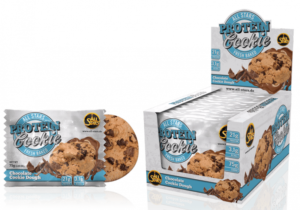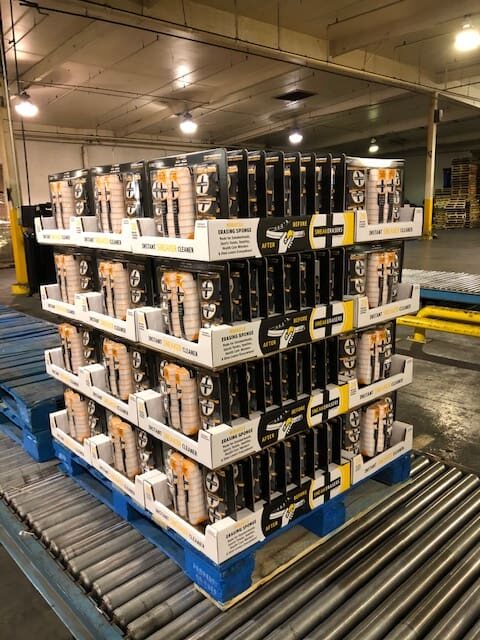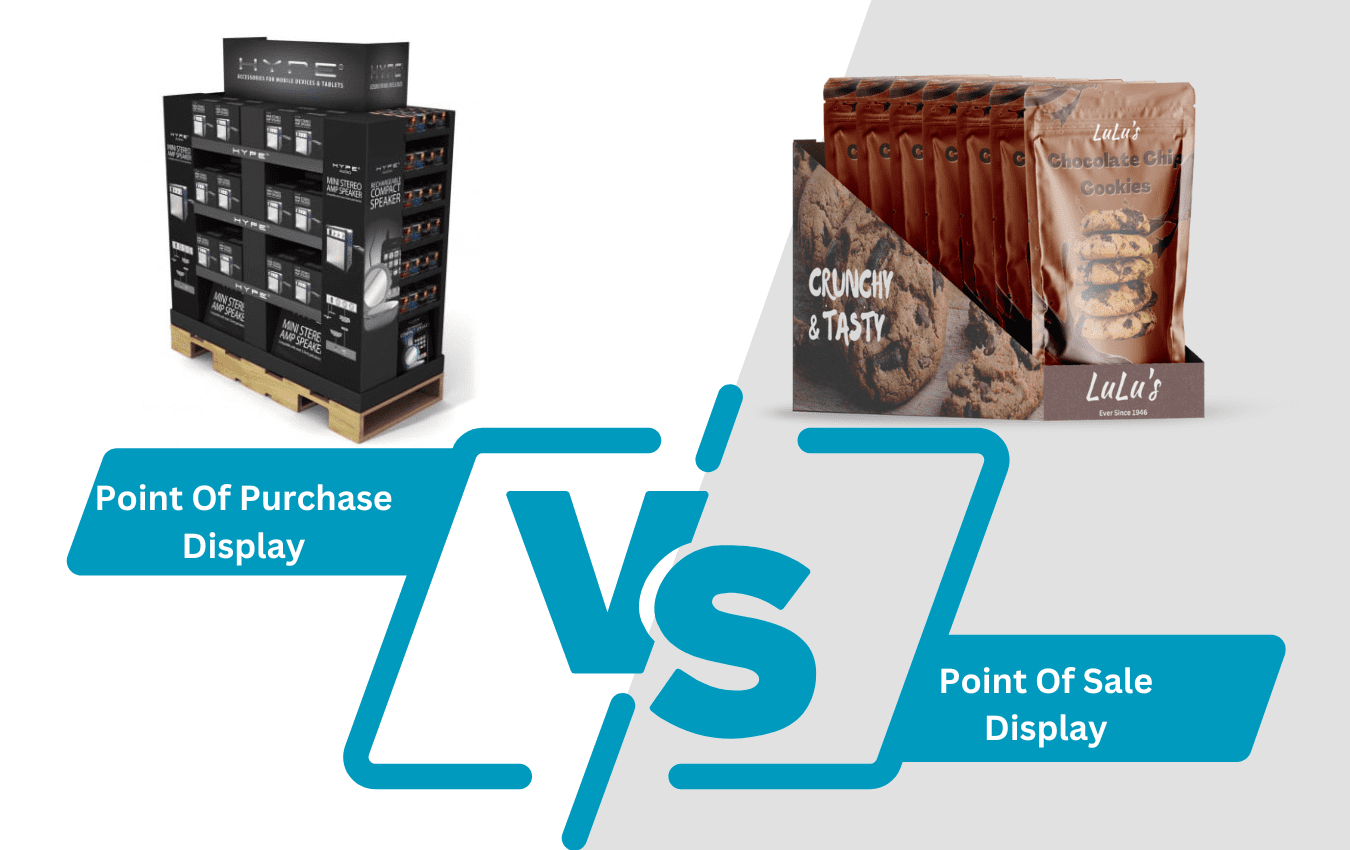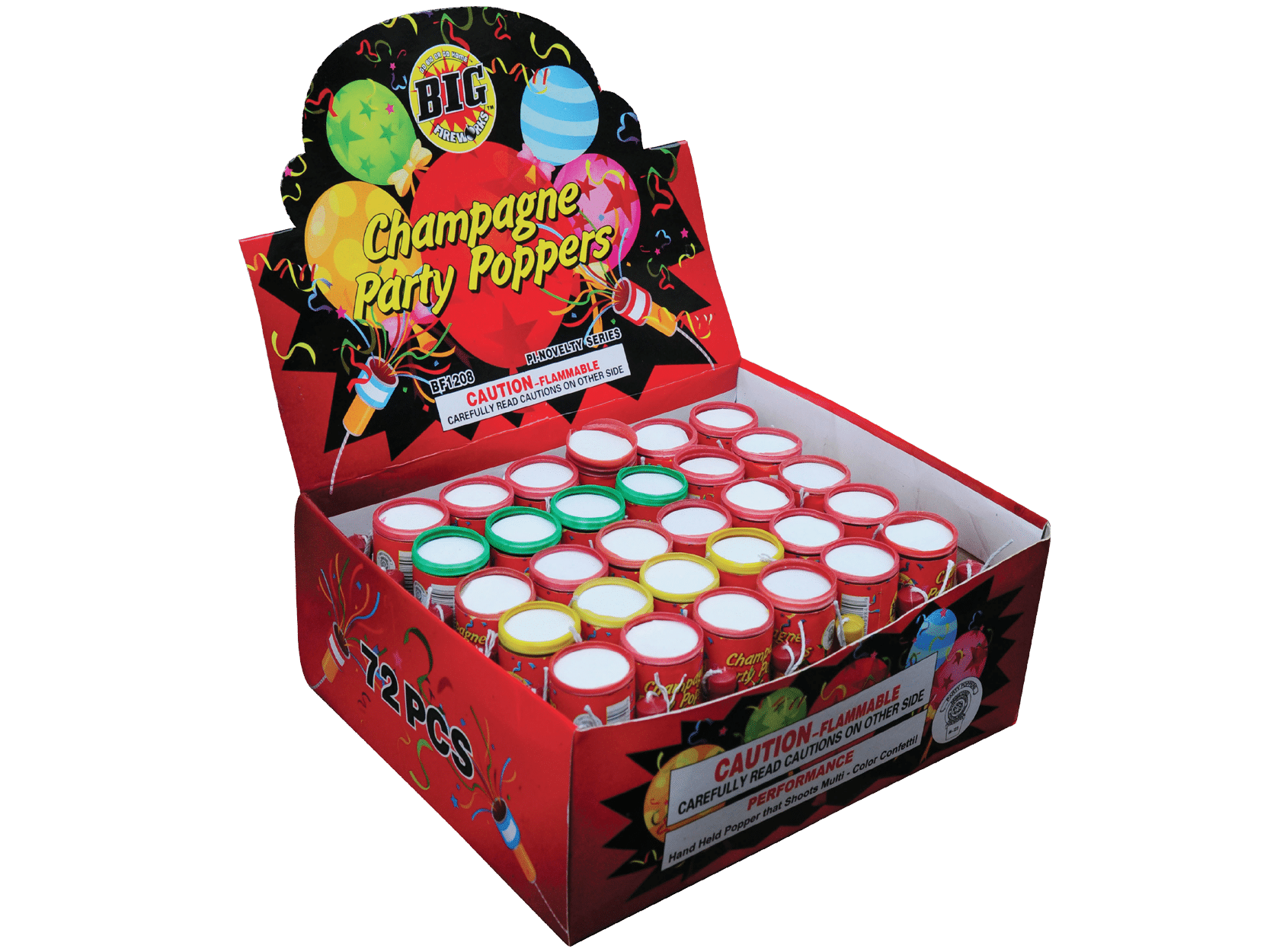Home » Research and Planning for Effective POP Displays
Research and Planning for Effective POP Displays
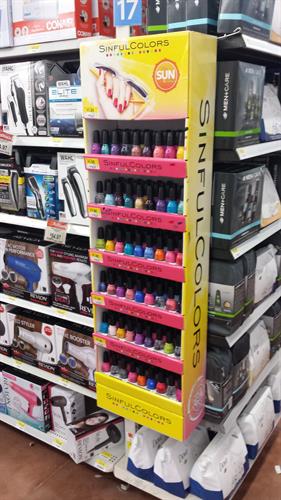
Creating a successful Point of Purchase (POP) display involves thorough research and careful planning. This crucial second step in the development of a POP display ensures that the final product not only meets the needs of your business but also resonates with your target audience. Here, we delve deeper into the key components of market research and budget planning to optimize the effectiveness of your POP displays.
Conducting Market Research
Understanding Your Audience
The foundation of any effective POP display is a deep understanding of the target audience. Knowing what appeals to your customers, what drives their buying decisions, and how they interact with displays in a retail setting is crucial. This involves gathering data on customer demographics, shopping habits, and preferences.
Analyzing Competitor Displays
A thorough analysis of your competitors’ POP displays can provide valuable insights. Identify what elements are working for them, such as the use of color, messaging, or interactive components. Equally important is to note any shortcomings or areas where your display could offer something unique and more appealing.
Gathering Feedback
Utilizing surveys, focus groups, or direct customer feedback on existing displays can provide actionable data that informs the design and placement of your new POP displays. This feedback loop can help refine your approach and ensure that your displays meet actual consumer needs and preferences.
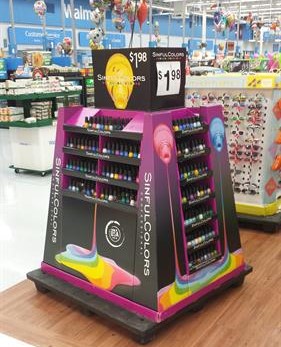
Planning Your Budget
Setting Financial Parameters
Determining your budget for a POP display is more than just allocating funds. It requires an understanding of the return on investment (ROI) you expect from the display. Consider not only the cost of materials and production but also the potential increase in sales and enhanced brand visibility.
Choosing Materials and Features Based on Budget
Your budget will significantly influence the materials and features you can incorporate into your POP display. For example, while high-end materials like acrylic or digital components may offer a premium look and interactive experience, they might not be feasible on a tighter budget. Conversely, cardboard or simpler designs can be very effective and cost-efficient if executed well.
Balancing Cost and Impact
It’s essential to strike a balance between cost-effectiveness and the impact of the display. Investing wisely in key elements that significantly influence buying behavior—like strategic placement and compelling design—can yield better returns, even if it means scaling back elsewhere.
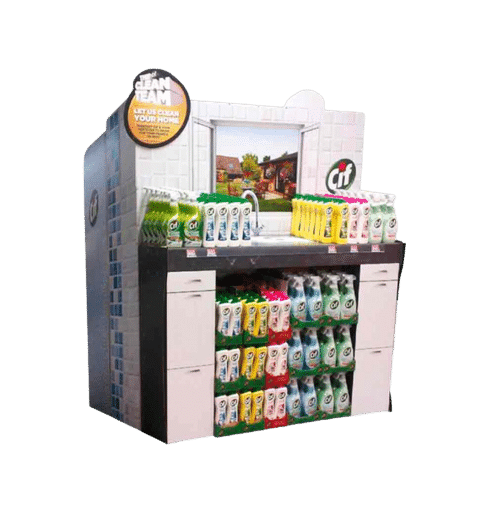
Utilizing Resources Effectively
Leveraging Supplier Relationships
Work closely with suppliers to get the best prices for materials and production. Long-standing relationships or bulk buying can lead to cost savings, which allow more room in the budget for creative or high-impact elements.
Considering Long-term Use
If the POP display is intended for long-term use across multiple campaigns, consider investing in modular designs that can be easily updated or reconfigured. This approach maximizes the initial investment over a longer period, providing better overall value.
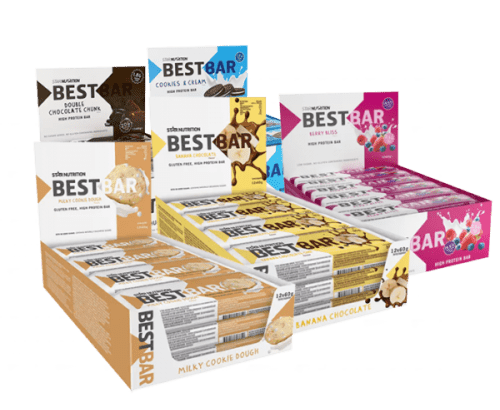
Conclusion
The research and planning phase is a critical part of developing a POP display. By understanding your audience through comprehensive market research and carefully planning your budget, you can create a POP display that not only captures attention but also drives sales and enhances brand engagement. These steps lay the groundwork for a display that is not just visually appealing but also strategically aligned with your marketing objectives and financial constraints.
If you are interested in POP displays, then partner with Brown Packaging today to get started.
RSC boxes are known for their efficiency and versatility, but their performance ultimately comes down to strength. Buyers often see numbers like ECT, BCT, and burst strength on specifications —
In packaging, foam isn’t just about initial protection — it’s about maintaining performance over the entire shipping or storage cycle. Compression set and recovery characteristics determine whether foam continues to
Pouches are a go-to for flexibility and convenience, but they can fail in critical ways—from poor seals to punctures and delamination—that hurt performance and brand reputation. Understanding these failure points
In the retail environment, the placement of Point of Purchase (POP) displays is just as critical as their design and content. Strategic positioning can significantly influence consumer behavior, increase product
Home » Research and Planning for Effective POP Displays


